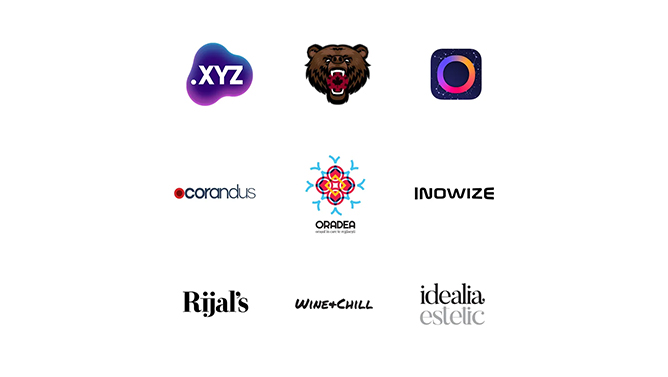Are we over minimalism? Well, no. Minimalism was never just a trend; it’s a timeless style that shines when applied appropriately. We hope it will continue to grace graphic design as a classic. However, the omnipresence of minimalism has reached a saturation point, and there’s a growing desire, a necessity even, to explore new avenues. Enter visual chaos.
Since the advent of digital design in the 1990s, graphic designers have grappled with the tension between order and chaos in visual composition. While traditional design principles often prioritize simplicity, clarity, and orderliness, there has been a notable shift towards embracing visual chaos as a bold and innovative approach in graphic design. But why is this style making a comeback and why should it be welcomed with open arms?
Brief history lesson of visual chaos in graphic design.
The concept of visual chaos in graphic design has roots that trace back to the early 20th century with movements like Dadaism and Surrealism, which embraced disorder, randomness, and the unexpected in art. These avant-garde movements challenged traditional notions of beauty and order, paving the way for experimentation and innovation in graphic design.
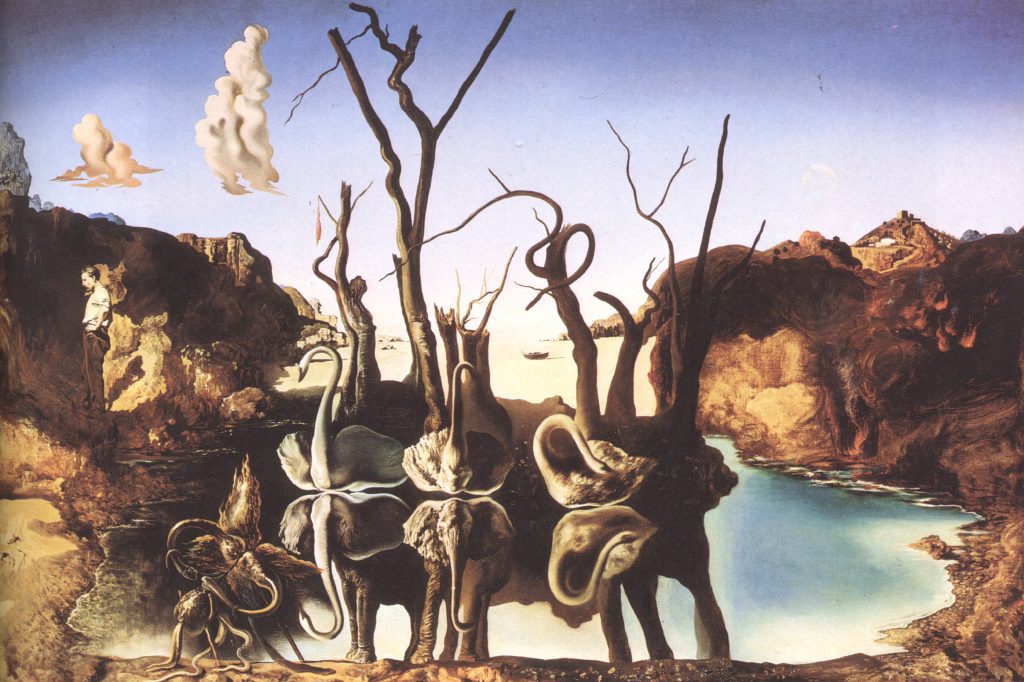
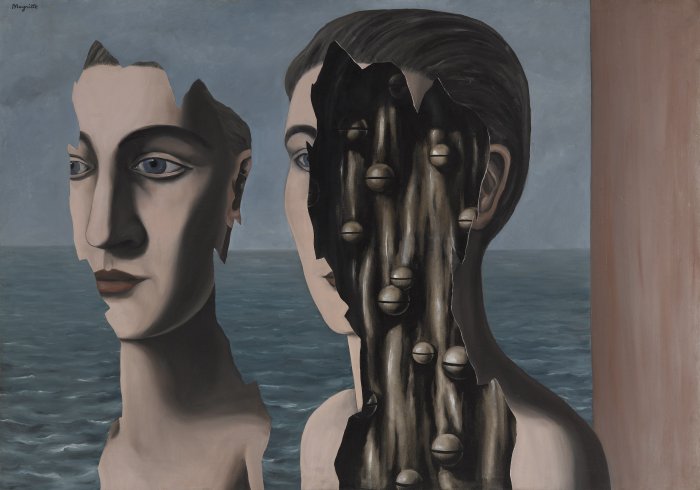
In the digital age, the rise of postmodernism in the 1980s and 1990s further popularized the use of chaotic and eclectic visual styles in design, rejecting the clean lines and minimalist aesthetics of modernism in favor of complexity, diversity, and eclecticism.
David Carson, a renowned graphic designer known for his groundbreaking work in the 1990s, particularly his influential design for the alternative music magazine, Ray Gun, revolutionized the field of graphic design with bold, experimental typography, chaotic layouts, and disregard for traditional design conventions. His innovative approach, characterized by overlapping text, distorted imagery, and unconventional compositions, captured the essence of the alternative music scene of the time and became synonymous with the grunge aesthetic.
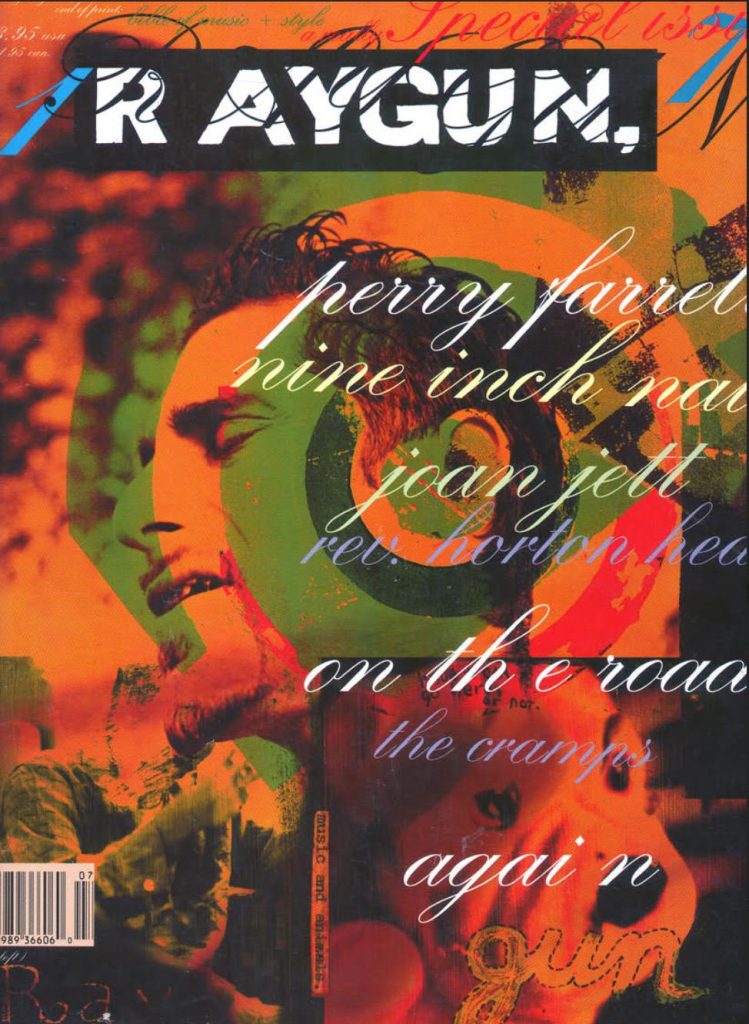
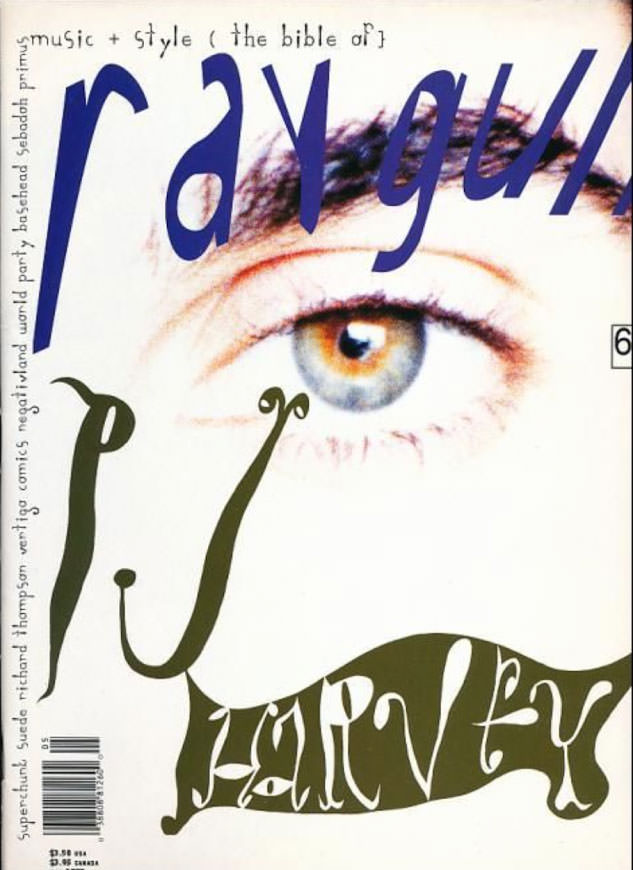
Breaking Free from Conventions.
Visual chaos stands in stark contrast to traditional design principles that prioritize simplicity, clarity, and order. While traditional design seeks to create clear and easily understandable visuals, visual chaos disrupts these conventions by embracing complexity, diversity, and unpredictability. Instead of adhering to strict rules and conventions, visual chaos encourages designers to push boundaries, challenge norms, and experiment with unconventional ideas. Visual chaos encourages experimentation with typography, color, layout, and imagery, leading to bold and innovative design solutions that captivate audiences and spark meaningful conversations. This freedom to explore and innovate fosters a sense of excitement and discovery in the design process, pushing designers to think outside the box and create truly unique and impactful visual experiences. And isn’t that what we all want?
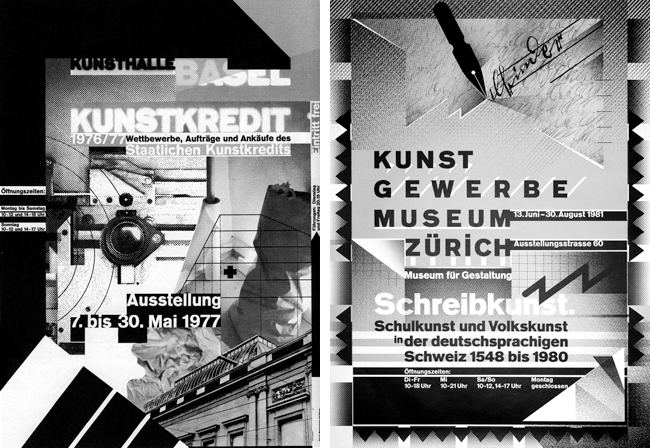
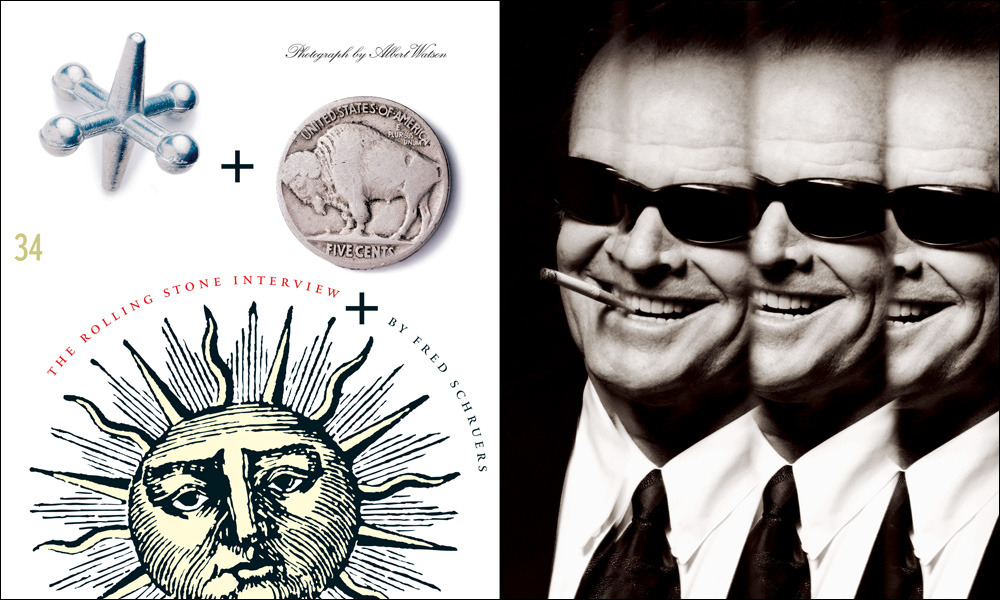
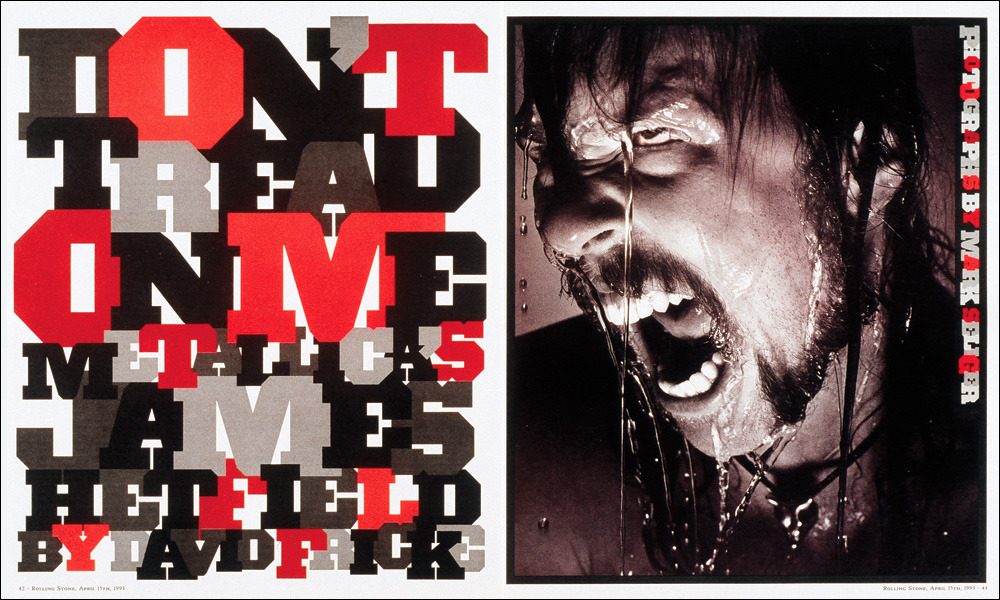
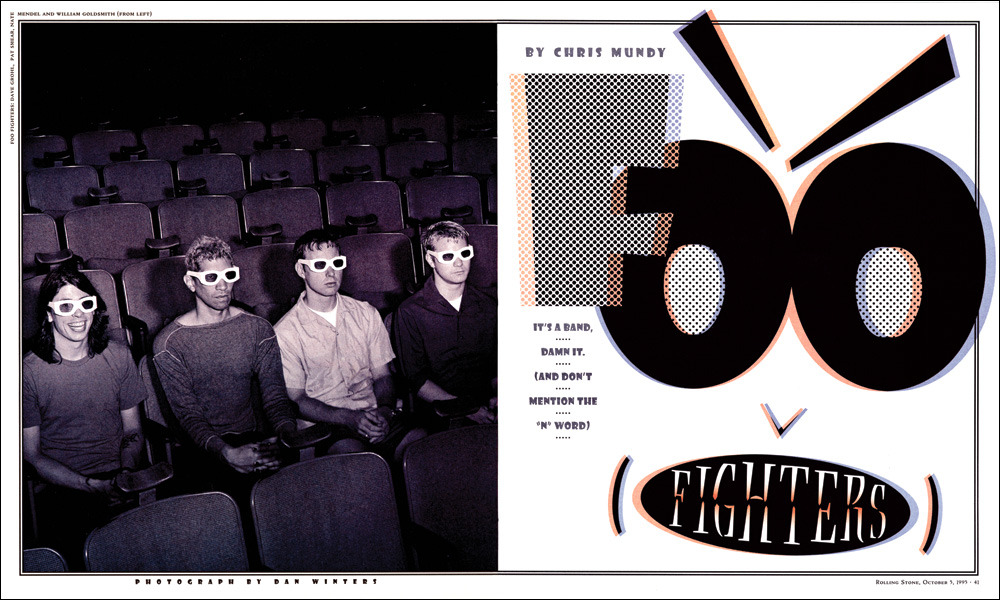
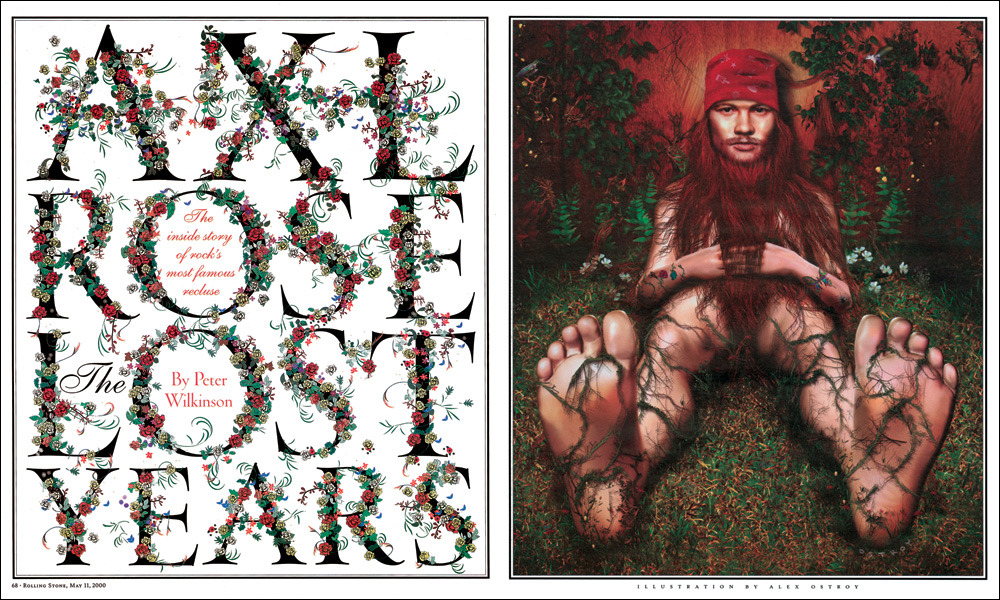
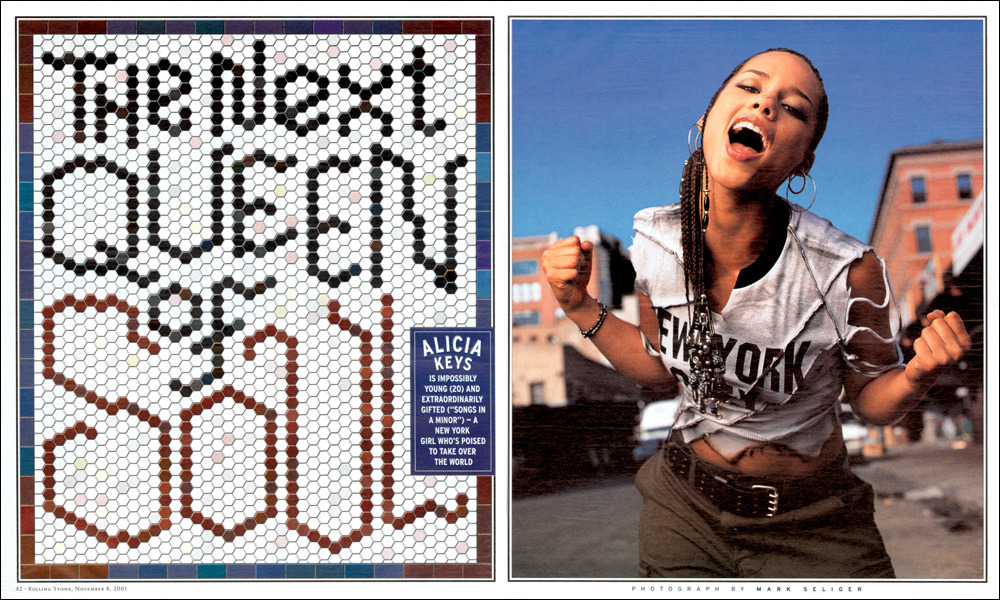
The challenges of visual chaos.
Even though when working on personal projects we tend to be more daring and experimental, in the case of those made for a client, things get more complicated. Graphic designers may fear visual chaos due to concerns about readability, coherence, and client satisfaction. Additionally, implementing visual chaos in paid projects for clients who are not very niche can be challenging because it may not align with their brand identity or target audience preferences.
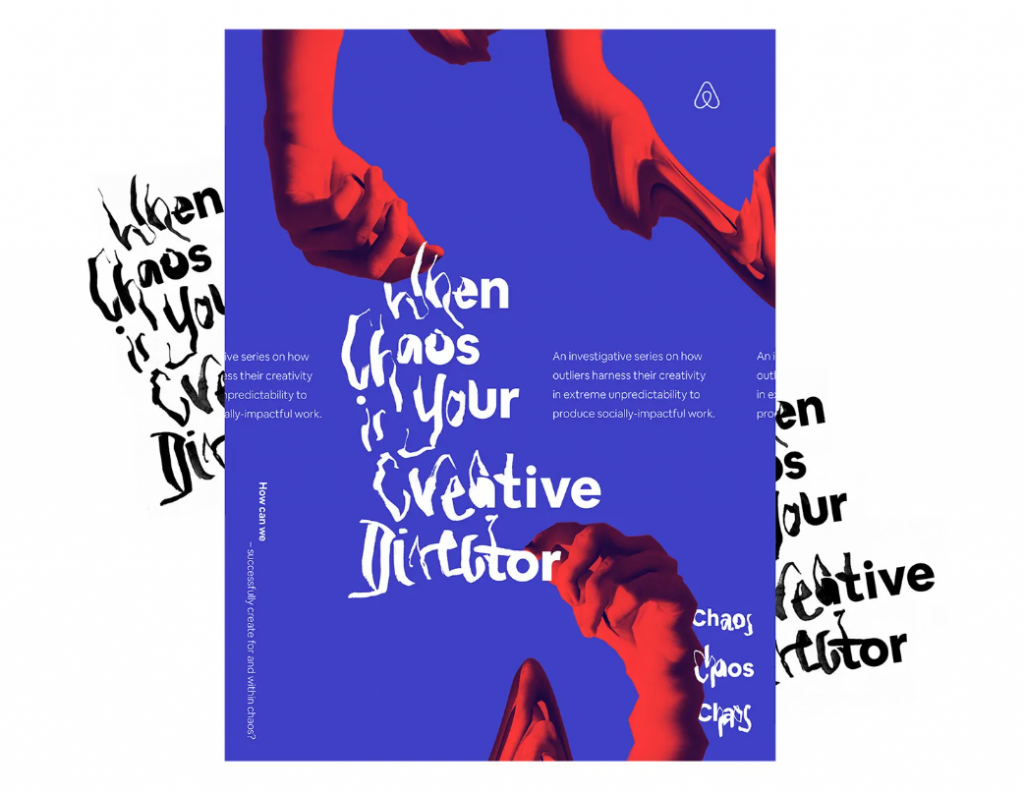


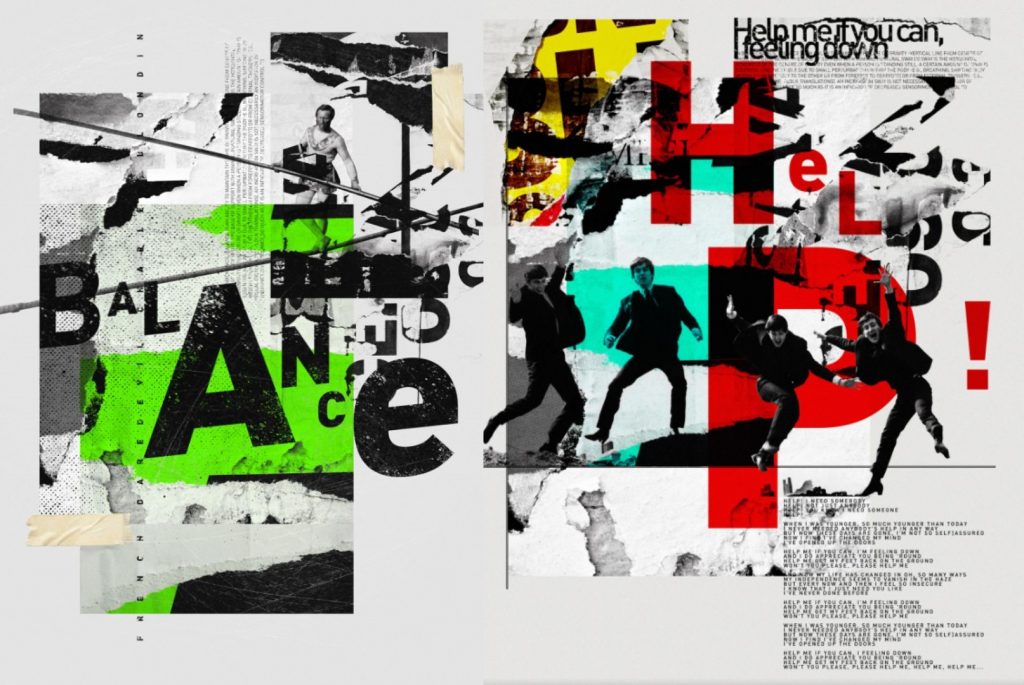
Why should you explore visual chaos?
Chaotic visual compositions have the power to captivate viewers’ attention and evoke intense emotions. These types of designs often stimulate the senses, provoke thought, and elicit emotional responses, drawing viewers into the artwork and sparking meaningful connections.
Moreover, chaotic designs have the potential to spark meaningful conversations with audiences. The unpredictability and complexity of chaotic compositions invite viewers to interpret and engage with the artwork on a deeper level. This can lead to discussions about the meaning, symbolism, and significance of the design, fostering a sense of community and shared understanding among viewers.
The desire to do things differently, in an original way and without barriers, must exist behind the projects that enable this. Of course, no one can reinvent the wheel, but graphic design is an area where creativity really finds ample room to play and can be used to create memorable results.
Where can you start?
Visual chaos may seem that, contrary to what it claims to be, it has a well-established structure at its base and that the designers who practice it know very well what they are doing. But it’s often about imagination and intuition.
Navigating the Chaos.
Establishing a strong visual hierarchy is essential for guiding viewers’ attention and organizing chaotic elements within the composition. Creating focal points and using contrast effectively can help to create structure and coherence, ensuring that viewers can navigate the design easily and understand its message.
Additionally, you can experiment with layering, texture, and negative space to create depth and visual interest in chaotic compositions. By carefully balancing these elements, you can maintain coherence while embracing the chaos, resulting in designs that are both visually striking and conceptually rich.
Embracing the Unexpected.
Unexpected elements and spontaneous decisions can lead to serendipitous discoveries and breakthroughs in the creative process, pushing designers to think outside the box and experiment with unconventional ideas.
Embracing imperfection can add character and authenticity to designs, making them more relatable and engaging to audiences. By embracing the unexpected, designers can create designs that are dynamic, memorable, and truly unique, leaving a lasting impression on viewers and pushing the boundaries of traditional design conventions.
Our conclusion.
Instead of adhering to rigid rules and norms, designers can embrace chaos as a catalyst for innovation, allowing them to explore new possibilities and discover unexpected solutions to design challenges. We hope to see as many brave designers as possible in the next period and meet innovative materials, not only in marketing, but also in everyday life.


